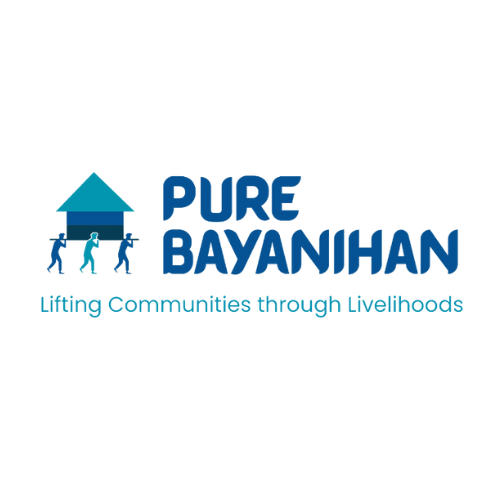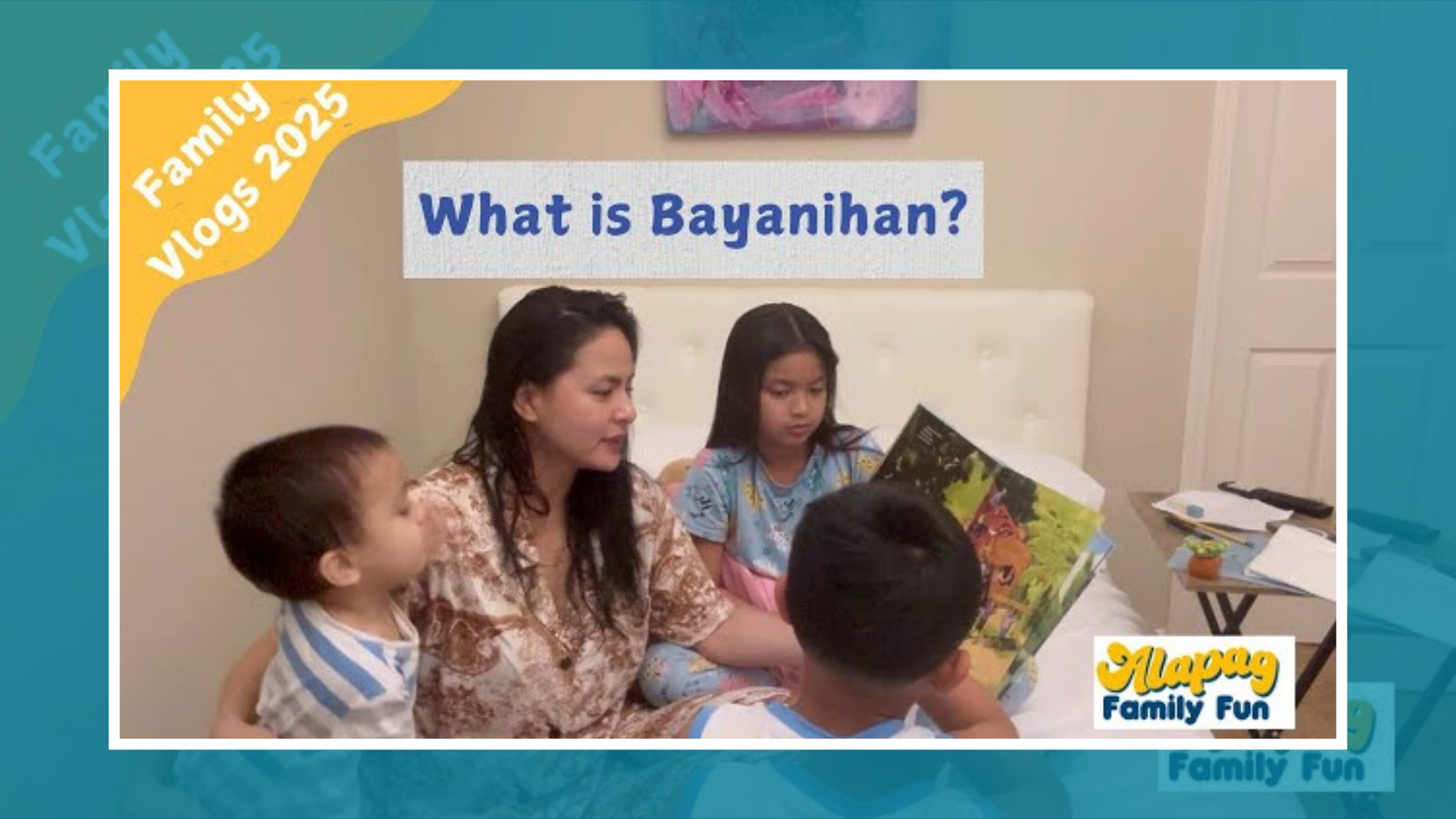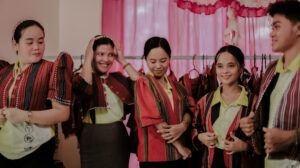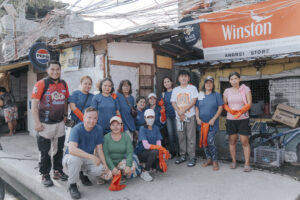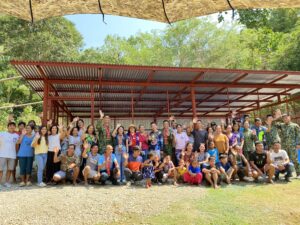For Filipino parents raising kids abroad, one question often weighs on our minds: How do we keep their connection to the Philippines alive? We fill their lives with our food, our language, and our love, but instilling our deepest values can feel like the biggest challenge. What if the answer was hiding in one of our simplest daily routines?
It’s a question that actress LJ Moreno and her husband, legendary Filipino basketball player and current NBA coach Jimmy Alapag, are navigating from their home in the United States. Through their popular vlog, “Alapag Family Fun,” they recently shared how their bedtime story ritual is doing more than just teaching a lesson—it’s planting the seed for a modern-day bayanihan spirit. This is the story of how a Filipino family is turning a children’s book into a bridge that connects their kids to a powerful Filipino value that feels more important than ever.
The Power of a Story
In a recent vlog, Alapag Family Fun gives us a beautiful glimpse into this practice. LJ Moreno-Alapag gathers her children for story time, but this night, she chooses the book. It’s a special one: A Roof, a moving picture book written by Stephanie Ellen Sy and illustrated by Daniel Tingcunggo.
The story introduces us to a young, compassionate girl named Maya. After a typhoon, she finds a neighbor’s roof in her family’s backyard. Her first thought is for the family that lost it. “Tatay,” she tells her father, “Whoever lost this roof must be soaked. We need to return it.”
This simple, empathetic wish launches them on a journey. As Maya and her father face obstacles like landslides and flooded rivers, strangers along the way—a farmer with his carabao, fishermen with their boat—offer their help without being asked. As LJ explains to her children while reading, these people didn’t have to help, but they wanted to.
She breaks it down for them with simple elegance: bayan means town, and bayani means hero. Put them together, and you get bayanihan—the idea that everyone in the town can be a hero for one another. It’s about helping with kindness, expecting nothing in return. What starts as a bedtime story becomes a lesson in empathy, a connection to a core Filipino value that, as the Alapags noted, feels “more important than ever.”
From a Storybook to a Way of Life
When the Alapag family gathers for bedtime reading, they’re doing much more than sharing a story—they’re making Filipino values real and relevant for their children. By choosing A Roof—a story where Maya and her father return a neighbor’s lost roof with the help of their community—the Alapags are showing that bayanihan isn’t just an idea from the past, but something that can be lived out, even far from home.
The family’s ritual of reading together becomes a bridge: as Maya’s journey unfolds on the page, the Alapag kids see concrete examples of kindness, teamwork, and helping others without expecting anything in return. This simple act of story time turns abstract values into lived experiences, reminding the children that, just like Maya and her neighbors, they too can practice bayanihan in their daily lives—wherever they are in the world.
But the lesson doesn’t end when the storybook closes. The Alapags’ example shows that nurturing Filipino culture abroad is possible through everyday moments and intentional choices. For families everywhere, there are many ways to keep these values alive and help the next generation stay rooted in their heritage:
- Tell Filipino stories and find moments to explain concepts like bayanihan when you see kindness in action—whether on a screen or in your neighborhood.
- Cook and eat Filipino food together. The scent of adobo or sinigang can be a powerful anchor to home, sparking conversations and creating memories around the dinner table.
- Speak Tagalog or other Filipino dialects at home, even if it’s just a few words. Every phrase is a thread connecting your child to their Lolos and Lolas.
- Sing Filipino songs, do crafts, and celebrate traditions. From “Bahay Kubo” sing-alongs to making parol lanterns at Christmas, these joyful activities build a love for our culture from a young age.
- Let kids ask questions. Share your own experiences, your family history, and what it was like growing up. These personal stories are the most cherished heirlooms you can pass down.
And perhaps the most impactful way to teach a value like bayanihan is to model it. It’s about showing our children what it looks like to help others, to be part of a community, and to give back
This is where the story truly leaps off the page and into the real world. For families looking to participate in a modern, impactful form of bayanihan, our mission offers a direct path to turn that desire into tangible, life-changing action. We exist to provide a bridge for those who want to help our kababayans in the Philippines rise above poverty through the power of sustainable livelihoods. We partner with local communities, listen to their needs, and build solutions together—unlocking the incredible potential we know exists in every Filipino.
Join the Movement
The spirit of bayanihan is not just a memory or a tale from a book; it is a living, breathing force for change. The Alapag family shows us how to plant the seed in the next generation. Pure Bayanihan shows us how to help it grow.
Now, it’s YOUR turn to be part of something bigger. Help us write new stories of hope.
Become a Champion for the Cause
You can be a powerful advocate for this modern bayanihan. Share the story of our mission with your community, your workplace, or your friends and family. By championing the cause, you help us forge new partnerships and expand the circle of heroes dedicated to ending poverty through empowerment. Visit purebayanihan.org to give the gift of a sustainable livelihood.
